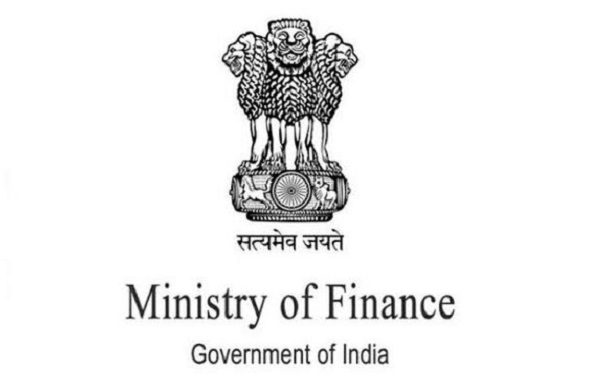
Mar 28:Since Apr-June (Q1) 2010-11, Public Debt Management Cell (PDMC) (earlier Middle Office), Budget Division, Department of Economic Affairs, Ministry of Finance has been bringing out a quarterly report on debt management on a regular basis. The current report pertains to the quarter of October – December 2021 (Q3 FY22).
During Q3 of FY22, the Central Government issued dated securities worth ₹2,88,000 crore as against ₹2,83,975 crore in Q3 of FY21, while repayments were at ₹75,300 crores. The weighted average yield of primary issuances increased to 6.33 percent in Q3 FY22 from 6.26 percent in Q2 of FY22. The weighted average maturity of new issuances of dated securities was higher at 16.88 years in Q3 of FY22 as compared to 16.51 years in Q2 of FY22. From October – to December 2021, the Central Government did not raise any amount through the Cash Management Bills. The Reserve Bank did not conduct Open Market operations for government securities during the quarter. The net daily average liquidity absorption by RBI under Liquidity Adjustment Facility (LAF) including Marginal Standing Facility and Special Liquidity Facility was at ₹7,43,033 crore during the quarter.
Total liabilities (including liabilities under the ‘Public Account’) of the Government, as per provisional data, was ₹128,41,996 crore in end-December 2021 as against ₹125,71,747 crore in end-September 2021. This indicates a quarter-on-quarter increase of 2.15 percent in Q3 FY22. Public debt accounted for 91.60 percent of total outstanding liabilities at the end-December 2021 as against 91.48 percent in end-September 2021. Nearly 29.94 percent of the outstanding dated securities had a residual maturity of less than 5 years.
The yields on Government securities hardened in the secondary market due to an increase in the supply of G-secs during the quarter like in the first and second quarters of FY 22. However, the yields were supported by the decision of MPC to keep the policy repo rate unchanged at 4 percent, to continue with an accommodative stance during the Q3 FY22.
In the secondary market, trading activities were concentrated in 7-10 year maturity buckets during the quarter mainly because of more trading observed in 10-year benchmark security. Private sector banks emerged as the dominant trading segment in the secondary market during the quarter. On a net basis, foreign banks and primary dealers were net sellers while co-operative banks, FIs, insurance companies, mutual funds, public sector banks, private sector banks, and ‘Others’ were net buyers. The ownership pattern of Central Government securities indicates that the share of commercial banks stood at 35.40 percent in end-December 2021 as against 37.82 percent in end-September 2021.
Disclaimer: We donot claim that the images used as part of the news published are always owned by us. From time to time, we use images sourced as part of news or any related images or representations. Kindly take a look at our image usage policy on how we select the image that are used as part of the news.


